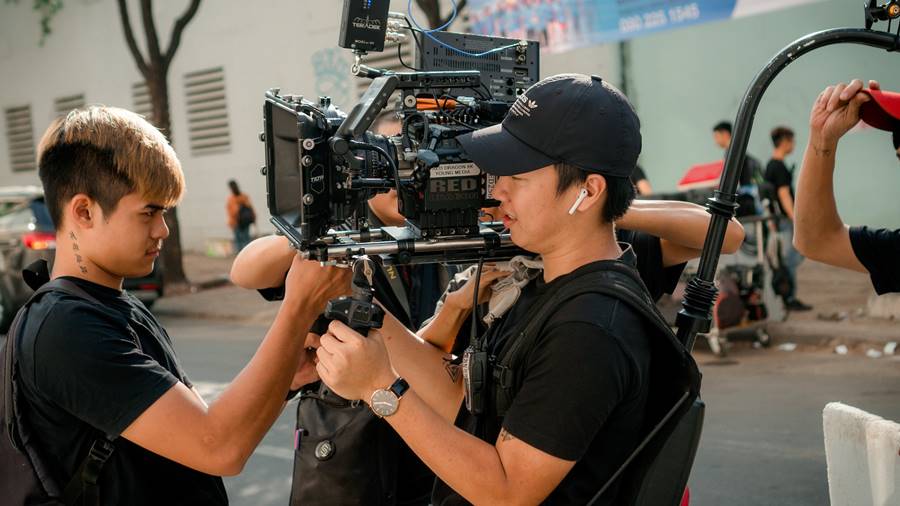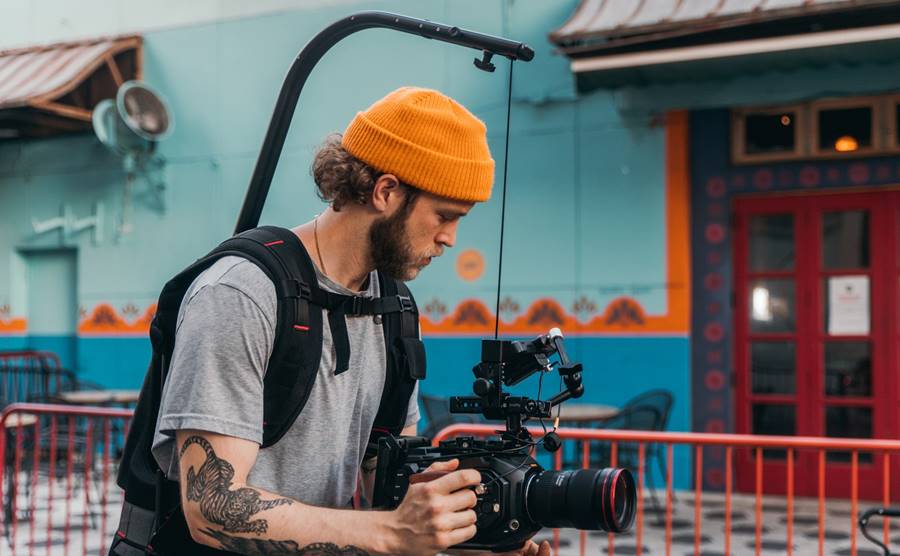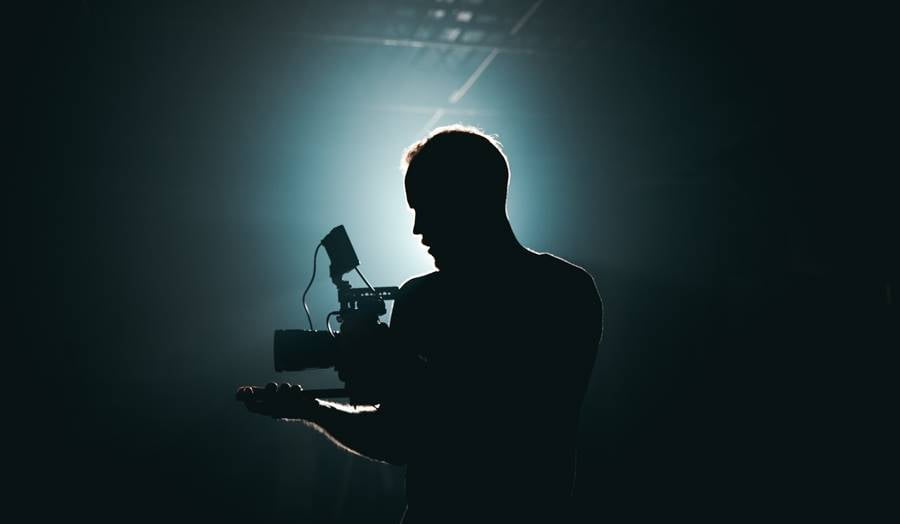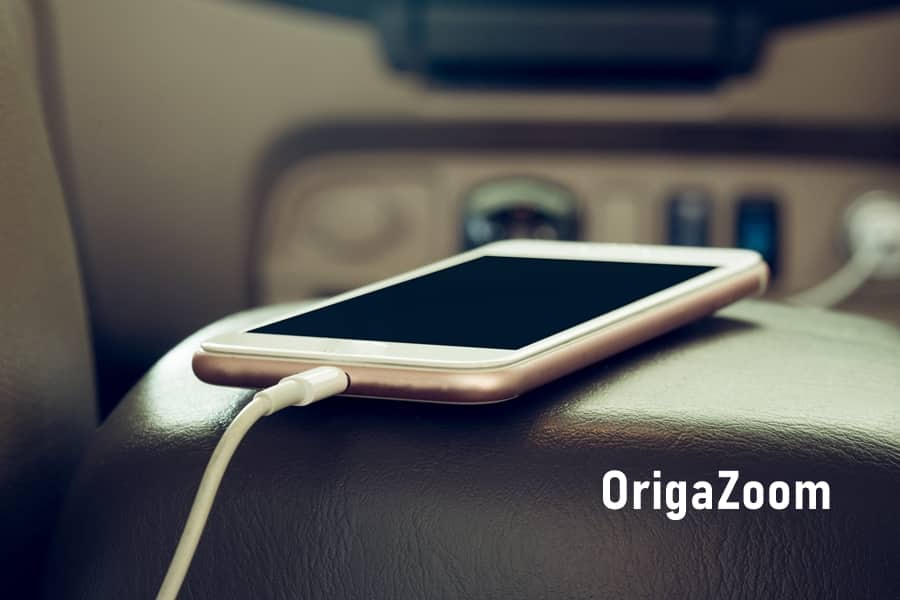A photography light meter is an essential tool for photographers that helps measure the intensity of light and determine the correct exposure settings for capturing well-balanced and properly exposed images. Whether you’re shooting in a studio or outdoors, understanding how to use a light meter can greatly enhance your photography. This comprehensive guide will walk you through the different types of light meters, their features, and how to effectively use them.
Types of Light Meters
It’s worth noting that some light meters combine multiple functionalities, such as incident and reflective metering or ambient and flash metering. When choosing a light meter, consider your specific needs and shooting style to determine which type of light meter would be most suitable for you.

Here are the 2 main types of light meters commonly used in photography:
- Built-in Camera Light Meters
Most modern digital cameras come with built-in light meters that measure light through the camera’s image sensor. They provide basic exposure information and can be useful for beginners. However, they may not be as accurate or flexible as dedicated light meters.
- Handheld Light Meters
Handheld light meters are separate devices that offer more precise measurements and advanced features.
3. Incident Light Meters
These meters measure the light falling on the subject, providing accurate exposure readings unaffected by reflective surfaces or varying lighting conditions.
4. Reflective Light Meters
These meters measure the light reflected from the subject or scene. They can be spot meters (measuring a small area) or averaging meters (measuring a larger area).
Features to Consider
When selecting a light meter for your photography needs, there are several features to consider. These features will affect the functionality, accuracy, and versatility of the light meter. By considering these features, you can choose a light meter that suits your specific shooting requirements and helps you achieve accurate and consistent exposures in a variety of lighting conditions.

Here are some key features to keep in mind:
- Incident/Reflective Modes: Look for a light meter that offers both incident and reflective metering modes, providing versatility for different shooting scenarios.
- Ambient and Flash Metering: Some light meters can measure both ambient light (available light) and flash output, allowing you to balance the two effectively.
- Measuring Range: Ensure the light meter has a wide measuring range to handle various lighting conditions, from low light to bright highlights.
- Spot Metering: If you require precise control over exposure, consider a light meter with spot metering capabilities. Spot meters measure a specific area, helping you meter challenging lighting situations accurately.
- Calibration and Customization: Look for a light meter that allows calibration to match your camera’s exposure settings. Customization options like exposure compensation and contrast control can also be beneficial.
How to Use a Light Meter?
Using a light meter is a useful tool for photographers and cinematographers to measure the intensity of light in a scene. It helps determine the proper exposure settings for capturing accurate and well-exposed photographs or videos.

Here’s a step-by-step guide on how to use a light meter:
Incident Light Metering:
- Position the light meter close to the subject, facing the camera. Point the meter’s white hemisphere toward the light source.
- Measure the light falling on the subject by pressing the meter’s button. Take note of the recommended settings displayed on the meter’s screen.
- Transfer the exposure settings to your camera manual or use the meter’s wireless capabilities, if available.
Reflective Light Metering:
- Aim the light meter toward the subject or the area you want to meter. Be mindful of any variations in lighting within the scene.
- Measure the light by pressing the meter’s button. Observe the recommended settings displayed on the meter.
- Adjust your camera’s exposure settings based on the meter’s readings.
Spot Metering:
- Aim the spot meter at the specific area you want to meter, ensuring it covers the desired subject or element.
- Measure the light by pressing the meter’s button. Take note of the recommended settings displayed on the meter.
- Adjust your camera’s exposure settings accordingly, focusing on the spot meter’s readings.
Tips for Effective Light Meter Usage
- Understand Metering Modes: Familiarize yourself with the different metering modes available on your light meter, such as incident, reflective, spot, or averaged metering. Each mode serves specific purposes.
- Use a Gray Card: When using reflective light metering, carrying a gray card can help ensure accurate exposure readings, especially in challenging lighting conditions.
- Consider Bracketing: To be safe, consider bracketing your exposures by taking multiple shots at different exposure settings. This technique helps capture a wider range of tones and allows you to choose the best exposure during post-processing.
- Practice and Experiment: To master the use of light meters, practice in various lighting situations and experiment with different metering techniques. Over time, you’ll develop a better understanding of how light meters work and how to interpret their readings.
Conclusion
Photography light meters are indispensable tools for achieving accurate and consistent exposures. By understanding the types of light meters available, their features, and how to effectively use them, you can enhance your photography skills and ensure your images are properly exposed in any lighting situation. Remember to practice regularly and experiment with different metering techniques to gain confidence in using light meters effectively.


